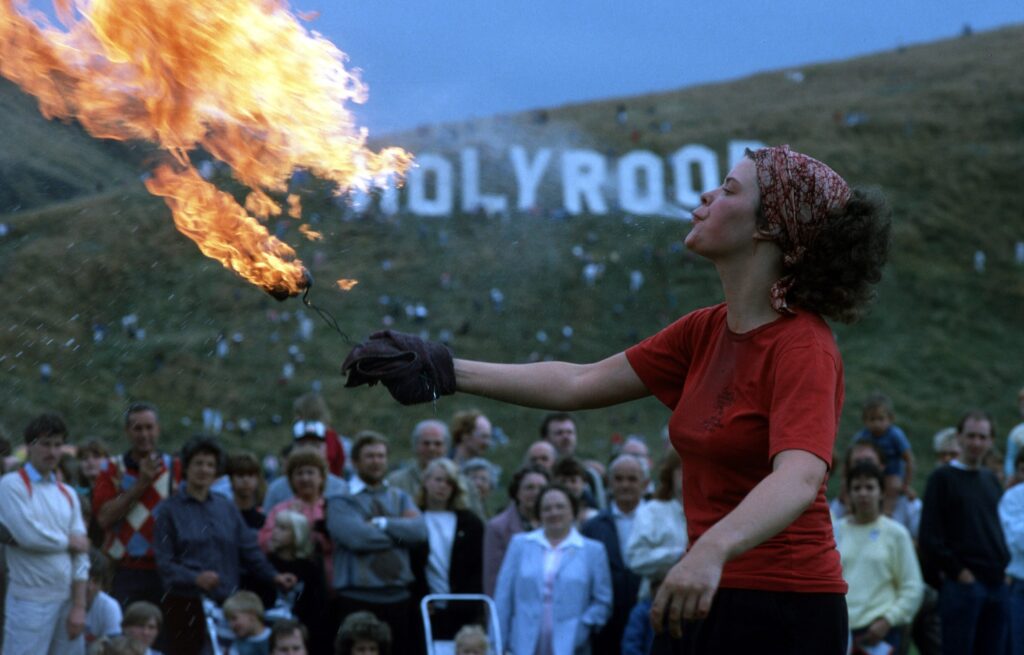Since 1947, every summer except for 2020, Edinburgh puts on its finest sequinned frock and welcomes the world to the biggest buzzing arts and culture event. From music to literature across film and theatre – the Edinburgh Festivals span a spectrum of spectacles each August.
We dug into the archives and found our most fabulous, fantastic and favourite festival photos and fables from its history.
A post-war uplift
After the devastation of the Second World War had ripped through Europe, the festival was intended to bring people together. Rudolf Bing was the first director of the festival and one of the heads behind it. But do you know the story of how the idea for the festival came to be? It is said that English-Canadian soprano Audrey Mildmay first planted the seed for an arts festival in Edinburgh.
The story goes that Audrey Mildmay and Rudolf Bing enjoyed a stroll down Princes Street one night after watching a performance of ‘The Beggar’s Opera’. Swept up in the atmosphere of the capital and the scenic view of Edinburgh Castle, Audrey is said to have exclaimed that Edinburgh would be the perfect place for a festival! The first ‘International Festival of Music and Drama’ took place in August 1947.

© The Scotsman Publications Ltd. Licensor www.scran.ac.uk
Audrey Mildmay and her husband John Christie who founded the Glyndebourne Opera. Audrey is said to have first voiced the idea of a festival in Edinburgh in conversation with Rudolf Bing, the General Manager of Glyndebourne Opera and first director of the Edinburgh International Festival.
Fringe beginnings
The origin story of Edinburgh’s Fringe Festival could not be more “fringe”. When the first Edinburgh International Festival opened its doors to the world in 1947, eight theatre companies famously turned up uninvited to perform.
As the International Festival took up most of the city’s larger venues, the companies relocated to smaller, alternative spaces to perform.
Since then, every pub, park and pop-up venue bursts into song, dance and spectacle every year.
Performers and flyerers will find a way to grab your attention! Batman and Robin were from the ‘What Fringe’ show in Princes Street Gardens during the Edinburgh Festival in August 1970.
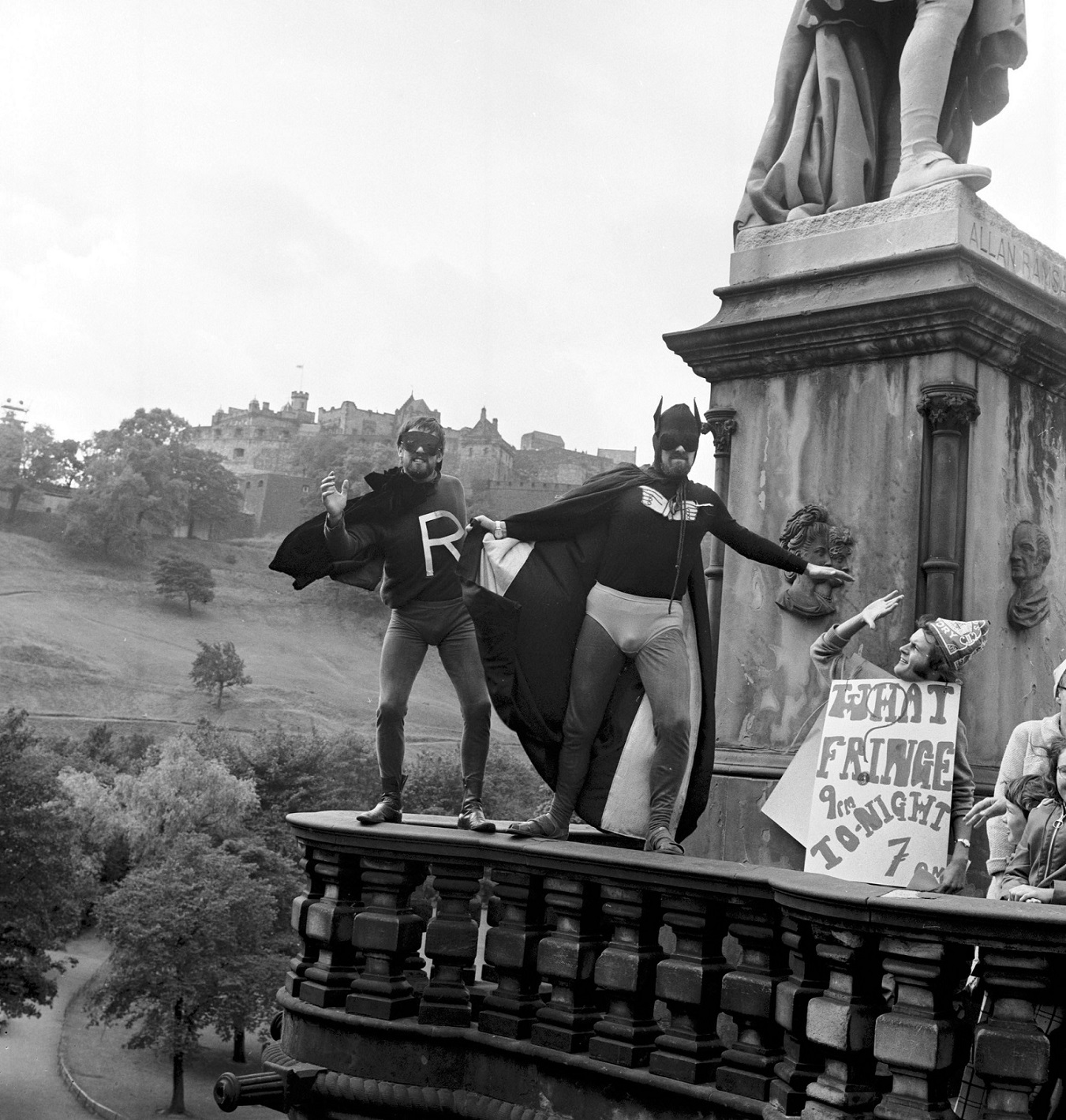
© The Scotsman Publications Ltd. Licensor www.scran.ac.uk
Performers from ‘Pneumatic Art’ promoting their show at Holyrood Park in 1983. This was part of the Fringe Sunday which was held on the second Sunday of every Fringe. Performers would showcase some of their shows for free in public. It started on Edinburgh’s High Street in 1981 but moved to Holyrood Park in 1983. It moved again to the Meadows where it took place until 2008.
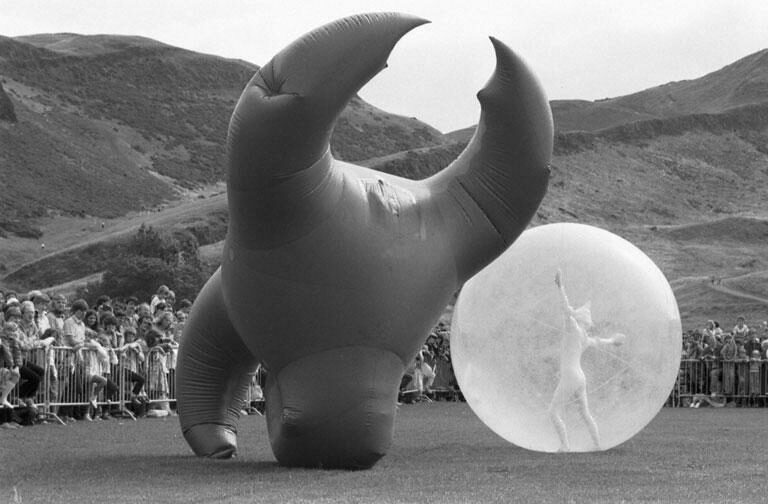
© The Scotsman Publications Ltd. Licensor www.scran.ac.uk
A two-headed monkey waiting to catch a bus from Stockbridge is not the strangest sight in Edinburgh during August. The monkey was part of the Open Hand Tickling Machine theatre workshop from August 1988.
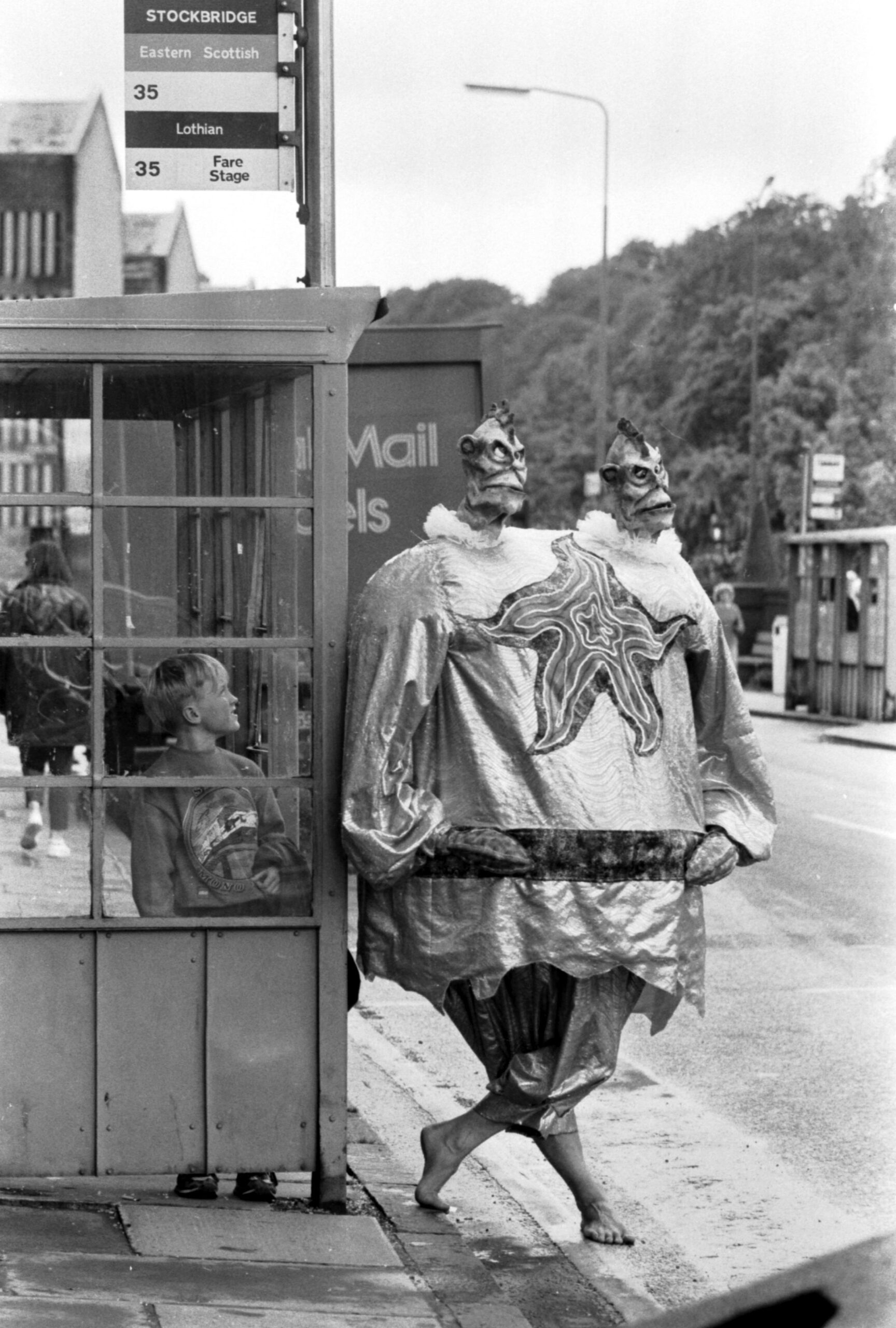
© The Scotsman Publications Ltd. Licensor www.scran.ac.uk
A festival for sale
The eccentric Japanese businessman Zenya Hamada was a devoted Fringer. One year, he offered to buy the Edinburgh Festival and turned up every year. He wrote and staged several productions at the festival and was a benefactor for the Fringe.
In 1991, he sacked the whole cast of his production of ‘The Atom Bomb’ because the actors were “too good”! It was not the first time he fired the whole cast of one of his productions.
Since 1993, he hasn’t returned to the festival and no one has seen or heard from him since.
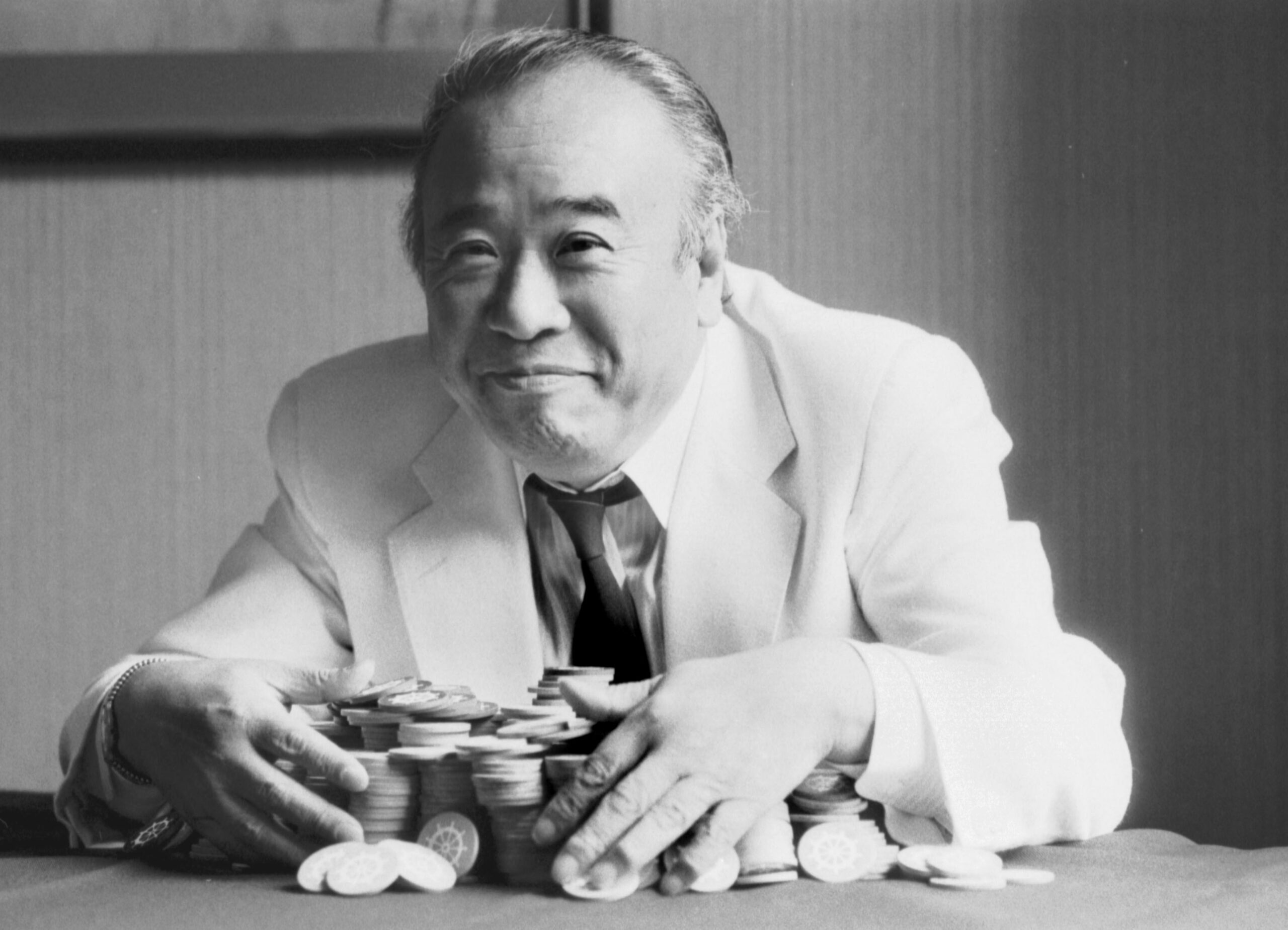
© The Scotsman Publications Ltd. Licensor www.scran.ac.uk
A festival of all shapes and sizes
The world’s smallest cinema was at the Pleasance Courtyard in Edinburgh and offered space for two cinephiles. It was part of the Film Festival and opened with great pomp! Several celebrities arrived at the opening of the petite picture place in limousines.
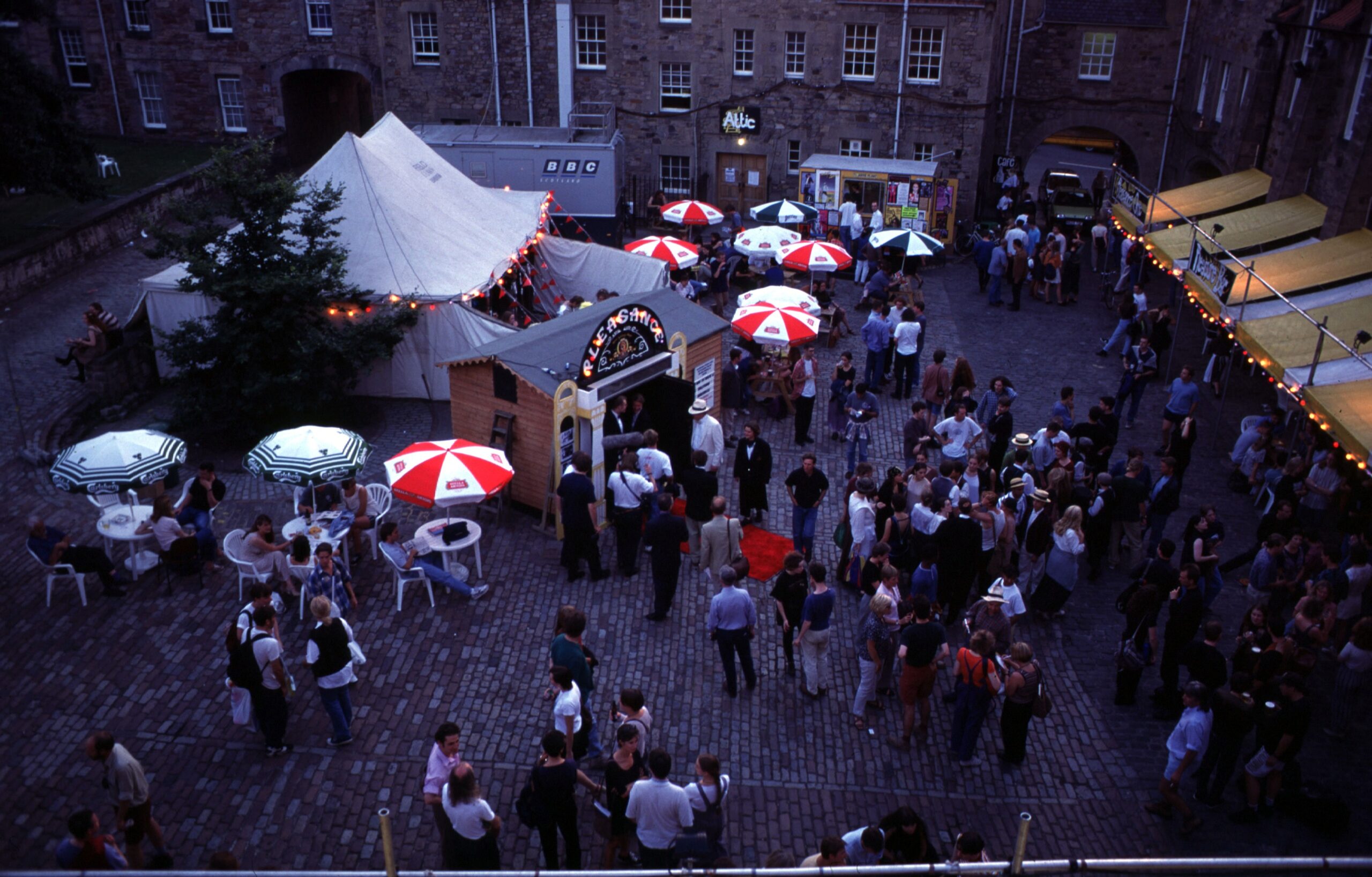
© Marius Alexander. Licensor www.scran.ac.uk
We also had the world’s smallest theatre! It was actually a theatre in a motorcycle side-car. The performers did not really give performances in the theatre, but in the street in Parliament Square where the bike was parked. In 1983, the theatre was stolen from the street! It was sadly never found again.

© Marius Alexander. Licensor www.scran.ac.uk
From the smallest spaces to the portliest prop. The largest prop to be used at the Fringe was a 20-foot wash tub!
It was part of the Theatre de la Basoche’s production ‘Le Lavoir’ in 1987. The production was staged in the 19th century washhouse at Abbeymount. The prop was so big that a hole had to be knocked through the wall of the washhouse to fit the tub in.
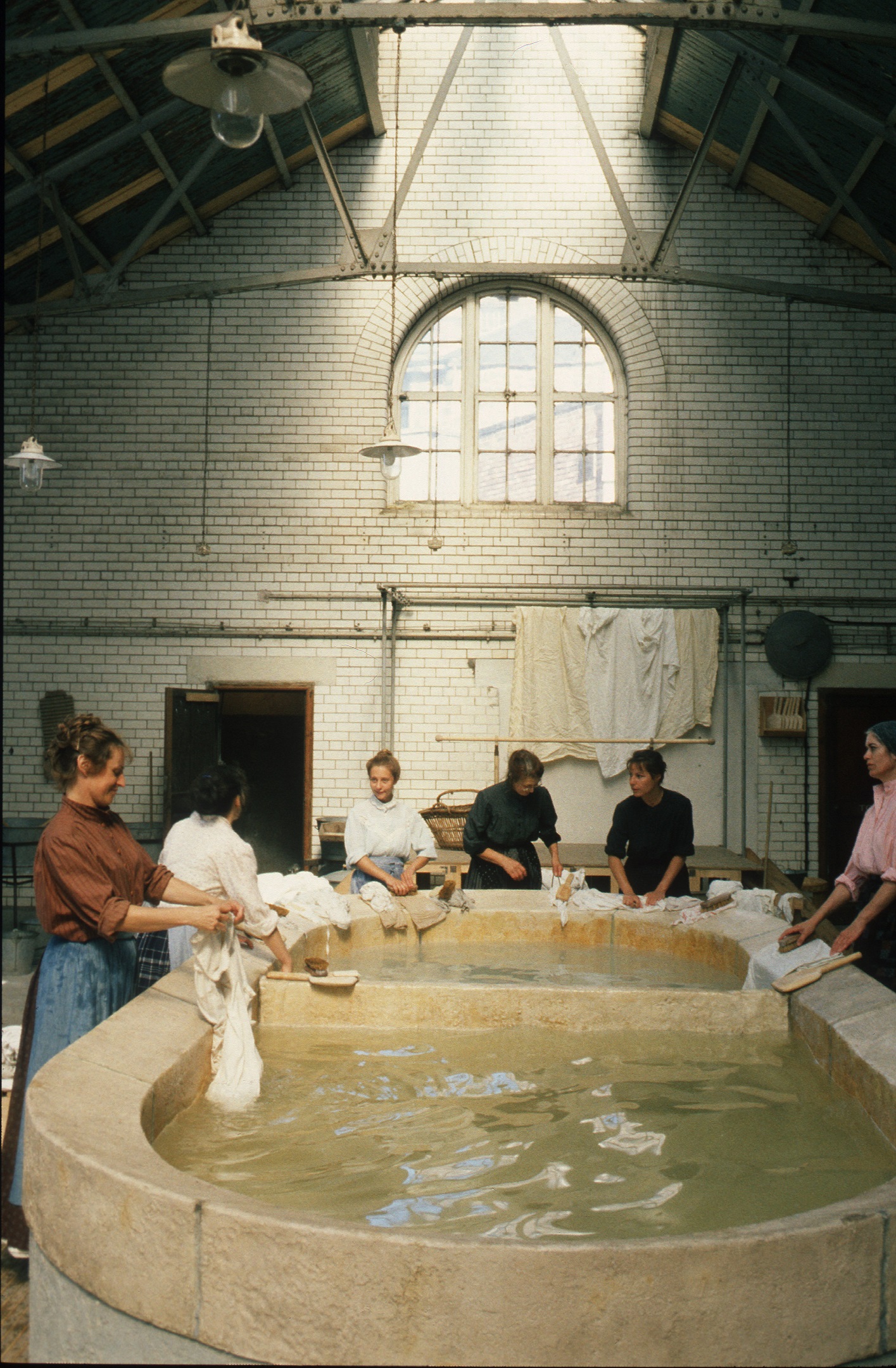
© Marius Alexander. Licensor www.scran.ac.uk
Famous faces at the Festivals
Of course, the Edinburgh Festival is the place to be for aspiring and established performers alike. So it’s not uncommon that you spot a familiar face walking past you on George IV Bridge or having a pint next to you at the Pleasance.
Since 1973, the Scotsman newspaper has been awarding new talent at the Fringe with the Fringe Firsts Awards. In 1979, DJ Pete Murray presented the Scotsman Fringe Firsts Awards. One of the winners was Rowan Atkinson with his first own show at the festival.
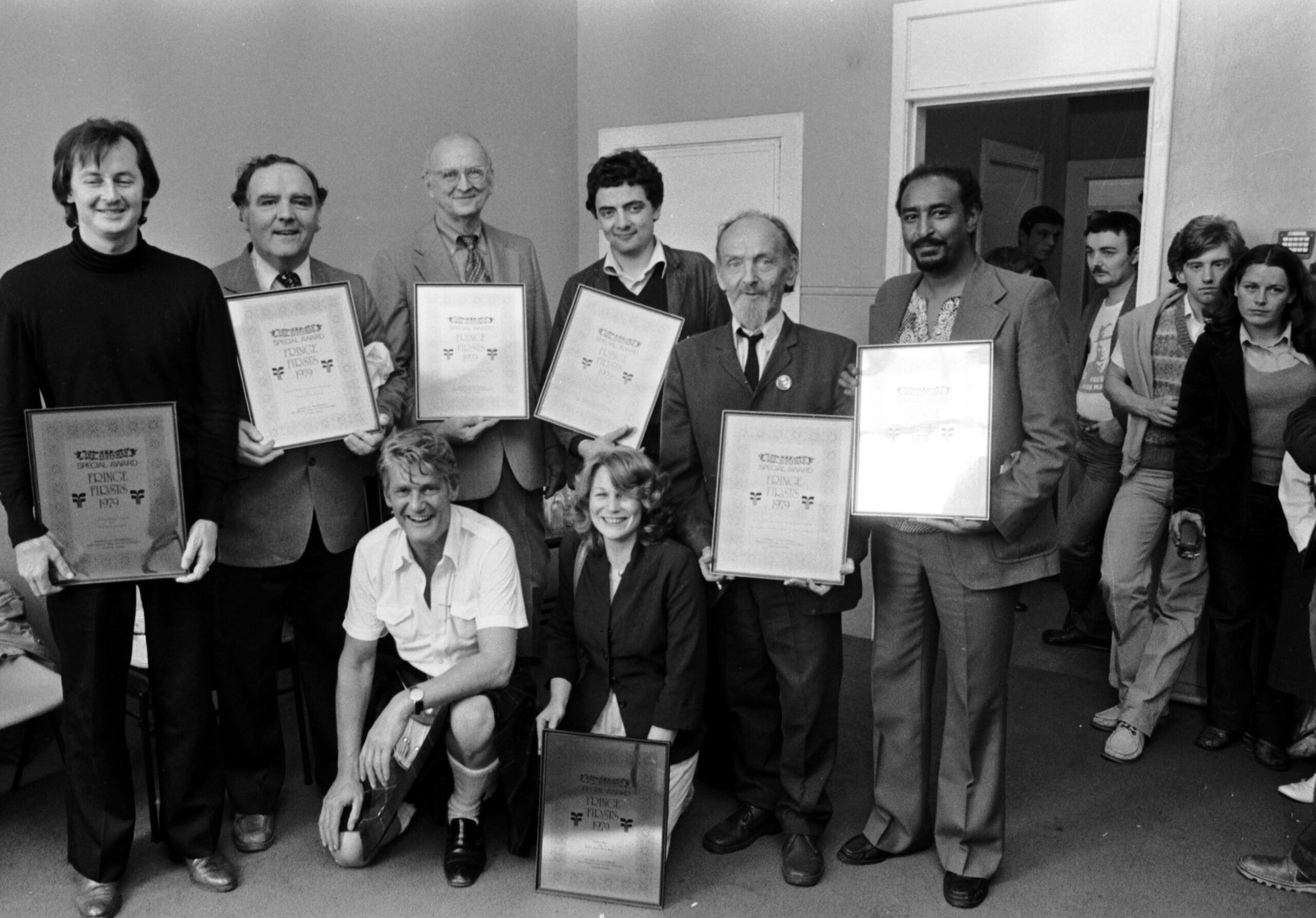
© The Scotsman Publications Ltd. Licensor www.scran.ac.uk
“There are two seasons in Scotland: June and Winter,” Billy Connolly said once. Avid Festival visitors will have experienced that first hand. In 1972, Billy Connolly brought The Great Northern Welly Boot Show to the Edinburgh Festival. Not only did he co-write the show, he also starred in it. Who would have thought that a musical that satirised the ship-building industry would be so popular? The show was such a success that it moved to the Young Vic in London.
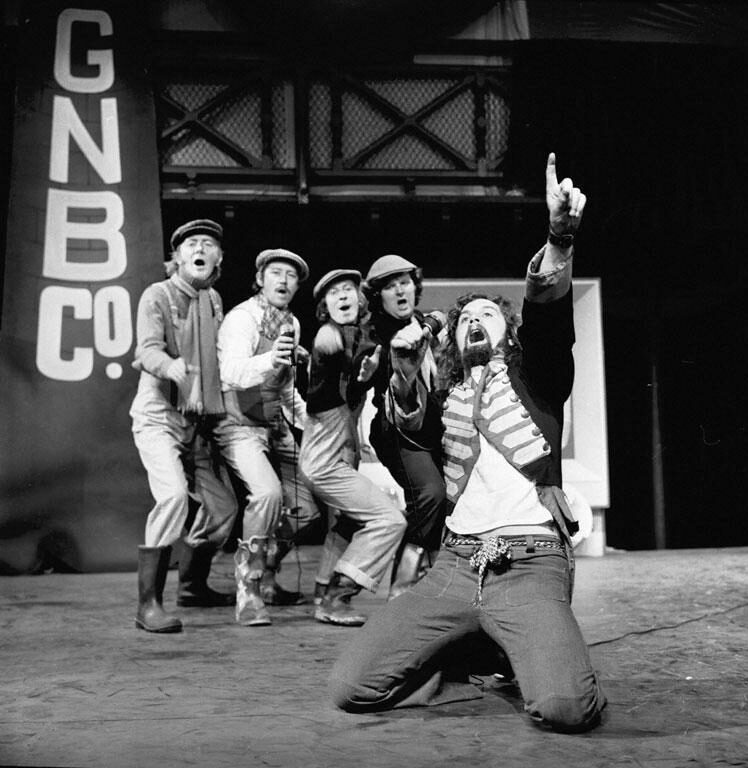
© The Scotsman Publications Ltd. Licensor www.scran.ac.uk The Offshore Theatre Company presented The Great Northern Welly Boot Show at the Waverley Market during the Edinburgh Festival Fringe 1972.
In the mid-late 1980s, Jo Brand left her job as a psychiatric nurse to turn to comedy. She initially started making waves in the alternative comedy scene under the name The Sea Monster. Here she is in 1988, during one of her earliest Fringe visits, posing with a model of the Opah or Moon Fish at the Royal Museum of Scotland, today known as the National Museum of Scotland.
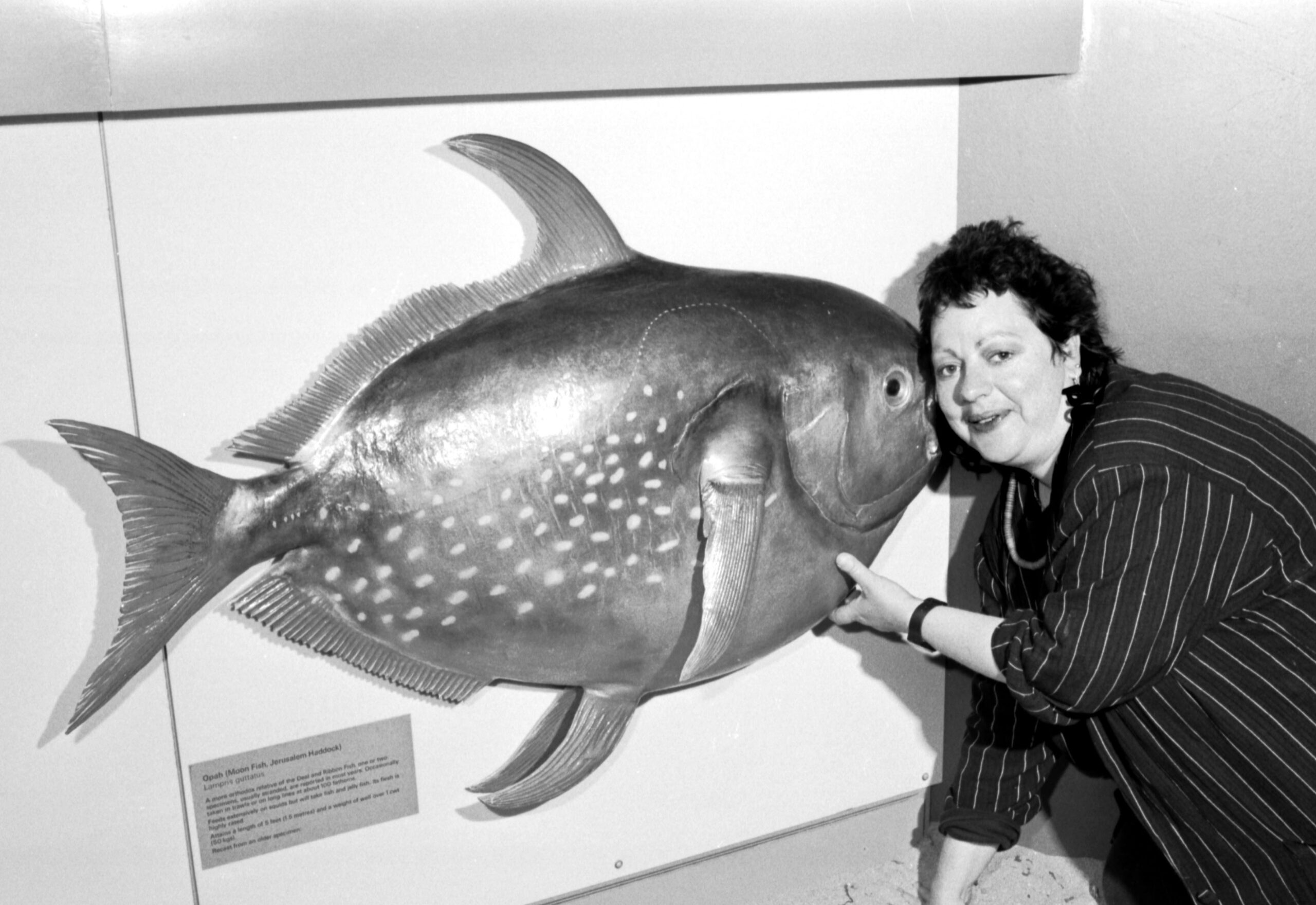
© The Scotsman Publications Ltd. Licensor www.scran.ac.uk
A festival of fireworks
When you think of the Edinburgh Festivals, you’ll undoubtedly also think about fireworks. And not just because of the crackers you hear when you go and see your favourite comedian.
Ian Hunter started out as assistant to the director of Rudolf Bing. He then became the second director of the festival in 1950. “Mr Festival” pushed to end his first festival with a grand fireworks arrangement that went down as the festival’s first fireworks concert.
Traditionally, the fireworks spectacle marked the closing of the Edinburgh Festivals.

© The Scotsman Publications Ltd. Licensor www.scran.ac.uk Festival fireworks open the 18th Edinburgh International Festival of Music and Drama
For the first time in 40 years, the festival won’t end with a BANG this year. But fireworks are still a big part of the Royal Edinburgh Military Tattoo.

© Newsquest (Herald & Times). Licensor www.scran.ac.uk A scene from the Edinburgh Festival Military Tattoo, 1957
A performance of ‘Something About a Soldier’, held at the Ross Bandstand at Edinburgh’s Princes Street Gardens inspired the Edinburgh Tattoo. It was part of the festival of 1949. In 1950, the Royal Edinburgh Military Tattoo had its first production at Edinburgh Castle and presented 20 performances to 100,000 spectators. Since its inception, fireworks have been part of the military parade.
Explore our archives
From a history of cycling in Scotland to looking back through the lens of the 1983 Scottish film Local Hero, there are many more stories to uncover on our blog. Or delve into our archives directly and start exploring. We dug into our Scran archive for this blog. Scran hosts over 400,000 images and media from museums, galleries, and archives across the UK online.
Header image: A Fire-Eater Performing At Fringe Sunday. The Holyrood sign in the background was commissioned for the Festival Fringe and designed by the artist George Wyllie. © Marius Alexander. Licensor www.scran.ac.uk

